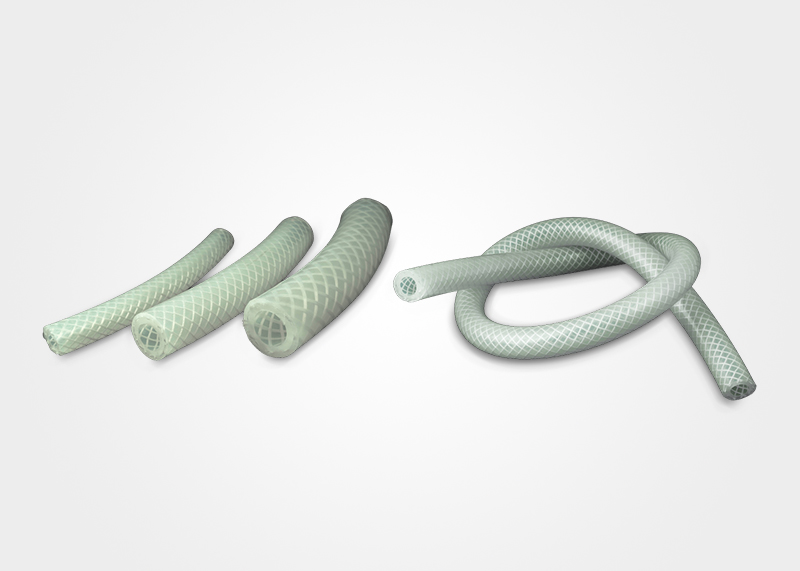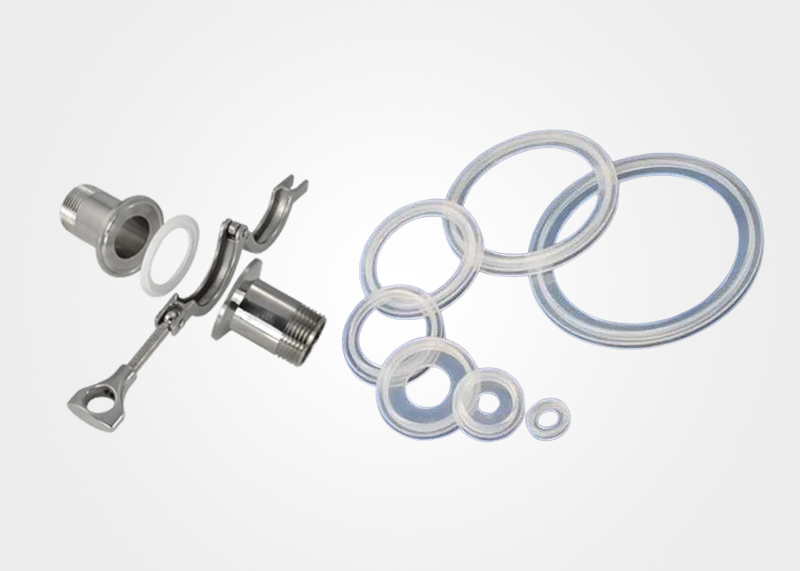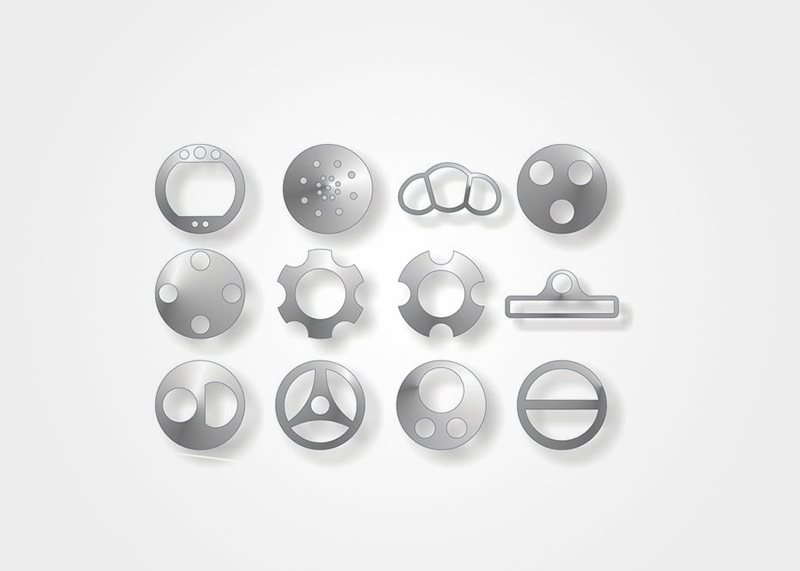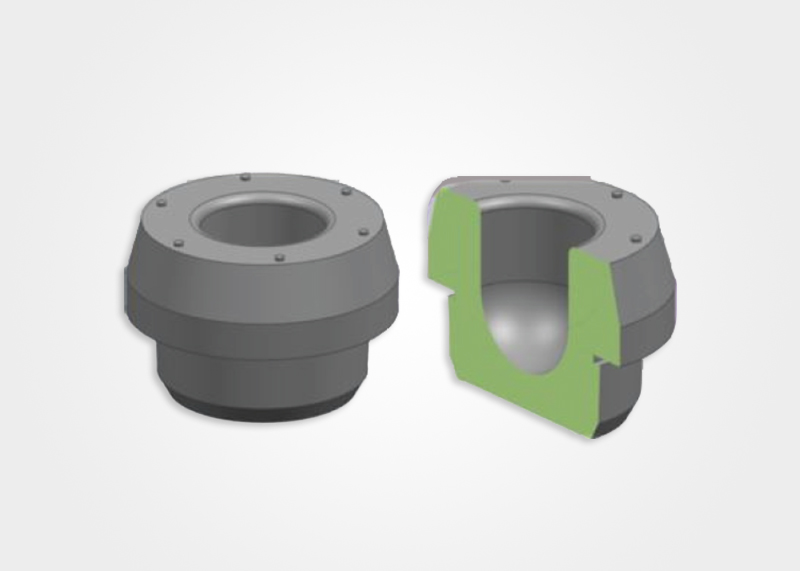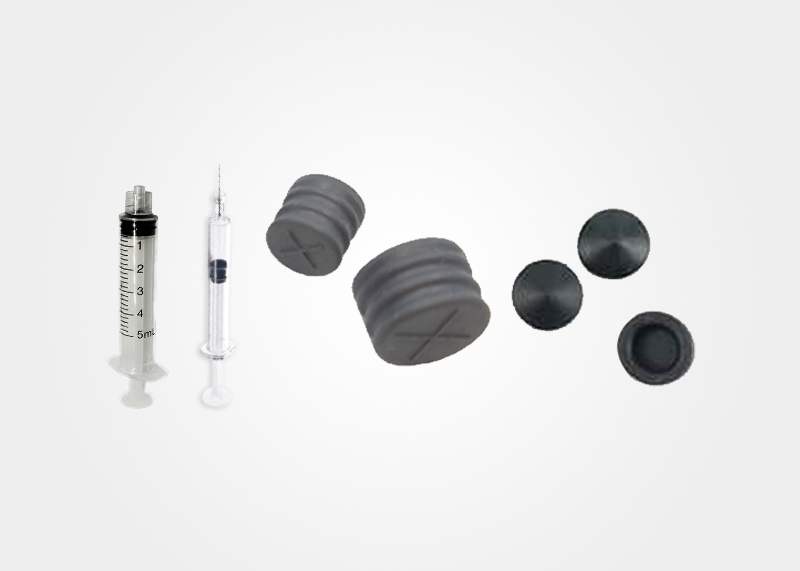Get Your Free Quote…!
SEVITSIL®
SEVITSIL®
Catalogue Request Form…!
Silicone O Rings
Key Features
- 1Excellent resistance to extreme temperatures -50°C to + 232°C.
- 2Resistant to hot air, ozone, UV radiation, engine and transmission oils (FVMQ), animal and vegetable fats, and oils.
- 3Silicone can be compounded to be electrically resistant, conductive, or flame retardant.
- 4Metal detectable
Applications
- 1Membrane Filter Holder
- 2Heat Exchanger
- 3Spray Guns
- 4Filter Housing
- 5RMG Discharge Port
- 6Pneumatic Cylinder
Inquiry Form
Related Products
FAQ
Silicone rubber is an elastomer composed of silicone(present in silica) together with carbon,oxygen and hydrogen.
IN 1930, JAMES FRANKLIN HYDE RAN THE FIRST RESEARCH TO PRODUCE COMMERCIAL SILICONES.
Silicon is an element which is present in silica (sand) while silicone rubber is manufactured by extracting silicon from silica and passing it through hydrocarbons. It's then mixed with the other chemicals to create silicone.
A silicone or polysiloxane is a polymer made up of siloxane (−R2Si−O−SiR2−, where R = organic group).

.png)
